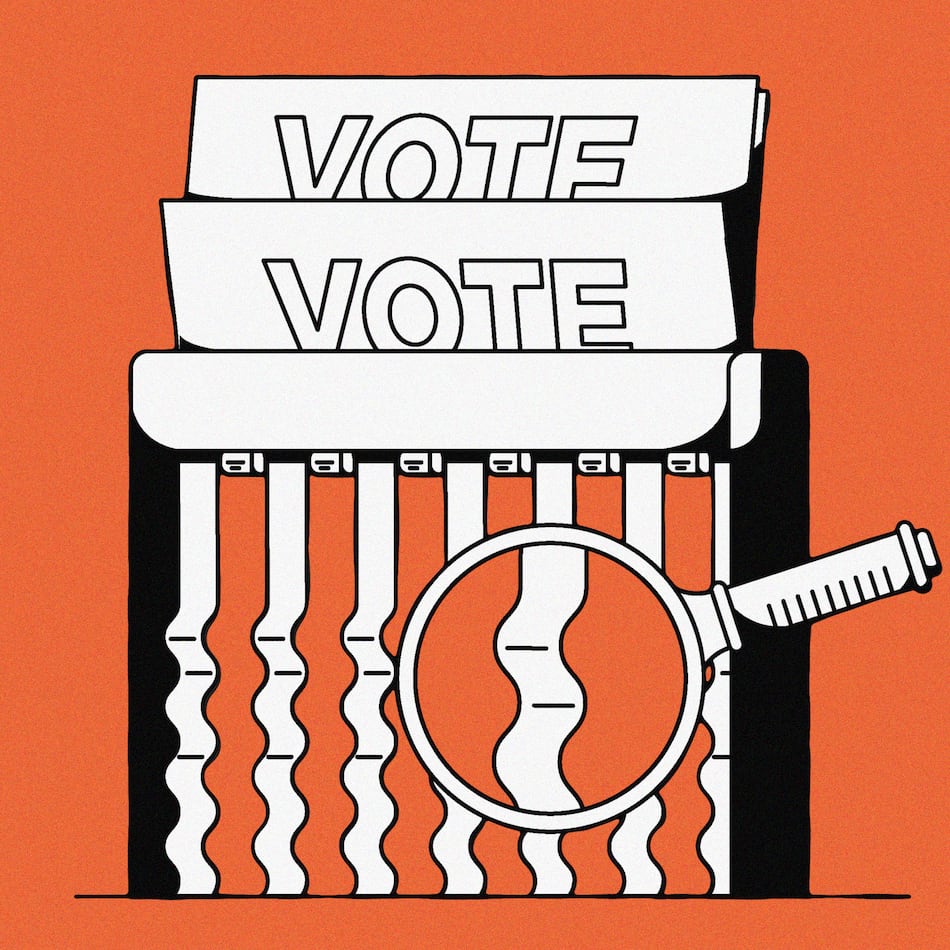On Tuesday, Mattel introduced the first Barbie doll with Type 1 diabetes, designed to reflect the experiences of more than 300,000 children and teens living with the condition in the U.S.
The company says the new doll also aims to promote inclusive, empathetic play. The latest addition to the Barbie Fashionistas line features a continuous glucose monitor (CGM) on her arm, a wearable insulin pump and even a phone showing a CGM app — tools commonly used by people with T1D.
She also wears heart-shaped pink medical tape to keep her CGM in place and carries a pastel blue purse for essentials. Her blue polka dot outfit is a nod to the global symbol for diabetes awareness.
“Barbie helps shape children’s early perceptions of the world, and by reflecting medical conditions like T1D, we ensure more kids can see themselves in the stories they imagine and the dolls they love,” Krista Berger, senior vice president of Barbie and global head of dolls, said in a news release.
To ensure the design was accurate, Mattel worked closely with Breakthrough T1D (formerly Juvenile Diabetes Research Foundation), an organization focused on research and advocacy for type 1 diabetes. Dr. Aaron Kowalski, the organization’s CEO, called the collaboration “deeply personal” in the release, noting his own experience living with the condition.
Barbie isn’t the first toy to have been “diagnosed” with diabetes. In 2016, American Girl introduced a diabetes accessory kit for dolls. But Barbie is more affordable than larger, more lifelike dolls.
“This is like a great first step into overall inclusivity,” Sara Bartolanzo, a nurse with Piedmont Hospital, told The Atlanta Journal-Constitution. “We’ve been seeing a lot more representation in movies and stuff, too.”
The Barbie is an accurate portrayal of managing diabetes, said Bartolanzo, who has lived with Type 1 for 11 years.
“It’s very evident what the pump is,” she said. “I feel like people will probably go into the store and not know what they’re looking at it if they don’t already know about Type 1. But I think that the inclusivity of it is really great.”
Caroline Williams, who has Type 1 and works as a registered dietitian and diabetes educator, said the doll is a step in the right direction and encourages good management of the disease.
“If Barbie can do it, you can do it,” Williams said. “I think it’s exciting. We’re heading in the direction where you’re going to be seeing more CGMs and more pumps.”
But some in the diabetes community have a mixed reaction to the new Barbie. That’s because not everyone may have access to technology such as insulin pumps and CGMs, according to Emma Lee, who has lived with Type 1 for 18 years.
“I think it’s a little complex because there are so many different ways of treating Type 1 and how you manage it that sticking a pump and a CGM on a Barbie might not look the same for someone else,” Lee said. “You have to look to accessibility for people who don’t look like Barbie and don’t live in the Malibu dream house.
“But it could also inspire little girls to maybe take the leap and go with that technology and to better manage their Type 1.”
Type 1 diabetes is a chronic autoimmune disease in which the pancreas produces little or no insulin. It’s most often diagnosed in childhood and requires daily monitoring and insulin therapy. It’s not caused by diet or lifestyle — and currently, there is no cure.
The doll’s launch coincided with the 2025 Breakthrough T1D Children’s Congress in Washington, D.C., where nearly 200 young delegates living with Type 1 diabetes gathered to meet with lawmakers and advocate for continued research funding.
Mattel also honored two public figures with Type 1 diabetes — Peloton instructor Robin Arzon and model Lila Moss — with custom Barbie dolls in their likeness.
The new doll is available now at retailers nationwide and online at Mattel.com.
Keep Reading
The Latest
Featured



